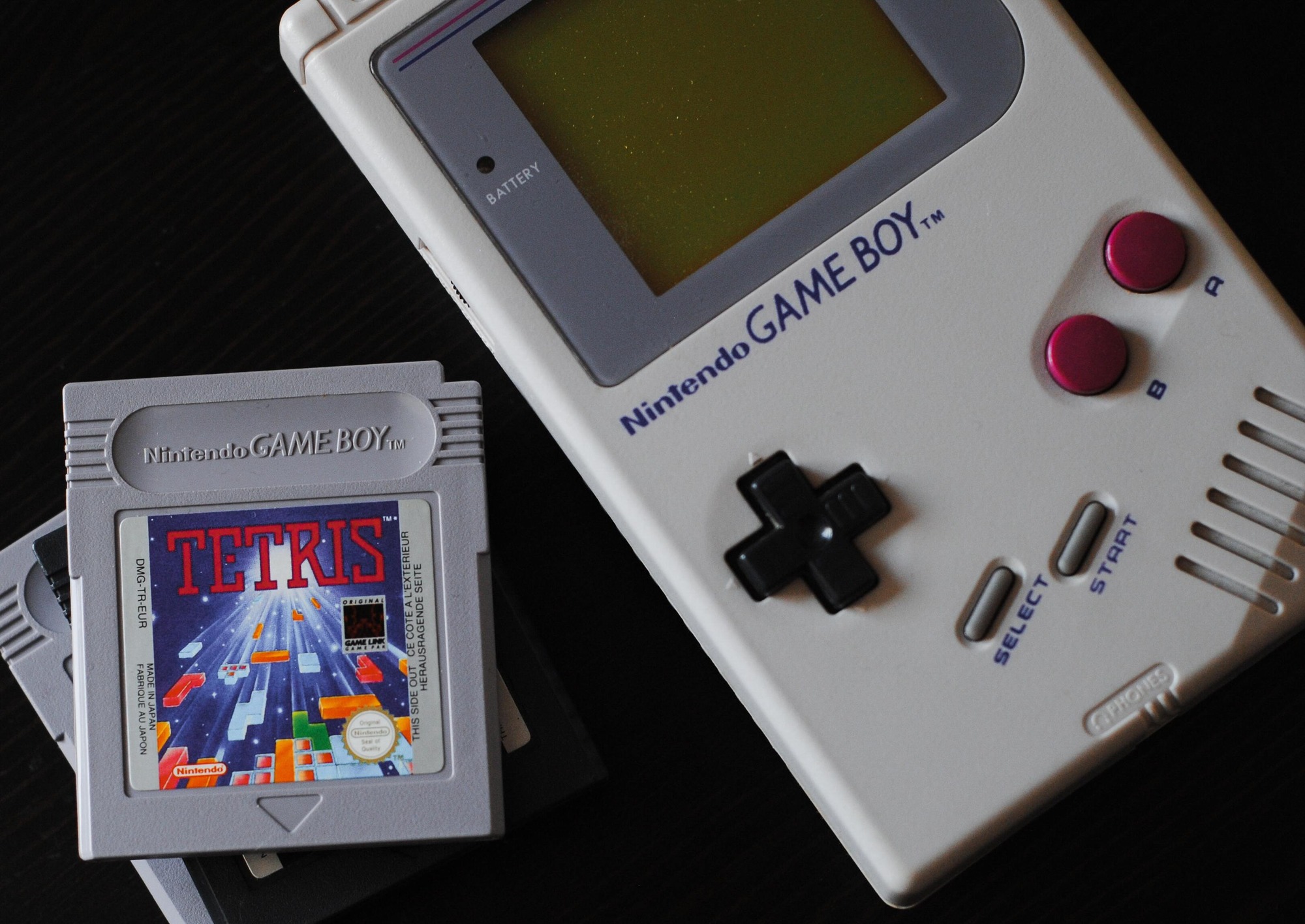
Tetris is a puzzle video game created by Soviet software engineer Alexey Pajitnov in 1984. It has been published by several companies for multiple platforms, most prominently during a dispute over the appropriation of the rights in the late 1980s.
In Tetris, players complete lines by moving differently shaped pieces (tetrominoes), which descend onto the playing field. The completed lines disappear and grant the player points, and the player can proceed to fill the vacated spaces. The game ends when the uncleared lines reach the top of the playing field. The longer the player can delay this outcome, the higher their score will be. In multiplayer games, players must last longer than their opponents; in certain versions, players can inflict penalties on opponents by completing a significant number of lines. Some versions add variations on the rules, such as three-dimensional displays or a system for reserving pieces.
Built on simple rules, Tetris established itself as one of the great early video games. By December 2011, Tetris had sold 202 million copies – approximately 70 million physical units and 132 million paid mobile game downloads – making it one of the best-selling video game franchises of all time. The Game Boy version is one of the best-selling games of all time, with more than 35 million copies sold. Tetris is available on over 65 platforms, setting a Guinness world record for the most ported video game. Tetris is rooted within popular culture and its popularity extends beyond the sphere of video games; imagery from the game has influenced architecture, music and cosplay. The game has also been the subject of various research studies that have analyzed its theoretical complexity and have shown its effect on the human brain following a session, in particular the Tetris effect.